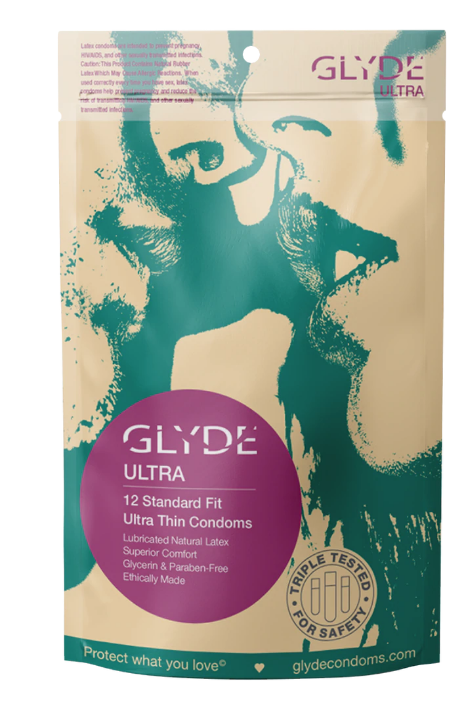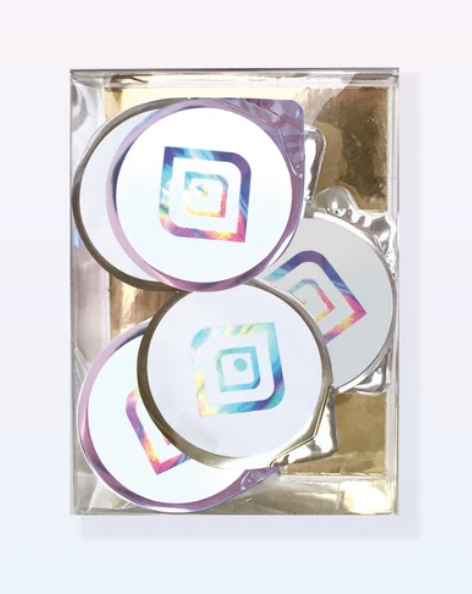Sustainable Sexual Health
**The following content contains mature material**
Love month is here and it seems more important than ever to be OTT (over the top) with your love for yourself and/or your partner. I’m not the biggest fan of this month because it adds so much pressure if you are or are not with someone. But none-the-less one topic that is important to discuss is sustainable sexual health; no matter the occasion. So let’s get down to it.
Protection
To protect against STDs and Pregnancy, condoms are what many people use. (I’m not talking about birth control contraceptives at this time). Natural latex condoms are the most popular when it comes to this kind of protection. Natural latex is made from tree rubber, cue their cheeky nick-name “rubbers.” It’s the milky fluid found in all flowering plants. Don’t be confused with plant-sap, that is an entirely different thing. This milky fluid protects the plant against herbivorous insects. If you are interested in how they are made, you can read it here. Natural latex condoms prevent against STI’s and pregnancy.
The most popular vegan and natural latex condom brands are:
There are no parabens, dyes, casein (a dairy additive), or spermicides in these condoms and use natural fair-trade latex. For those allergic to latex there are latex-free options made from Polyisoprene. A type of latex made by chemists. This has been known to be stronger than polyurethane and cause less allergic reactions. It is a very personal choice when it comes to the type of condom you want to use. The best is to avoid those without any dyes, parabens, or spermicides. Check with your partner that you are on the same page with what’s important to both of you.
Sadly most condoms come in plastic packaging so unfortunately it seems this aspect is hard to avoid. Best is to buy them in BULK and always dispose of them in the TRASH, NOT THE TOILET. I think we are doing pretty well making sure these condoms are safe for preventing pregnancy and STIs.

Lubricants
There are many different lubricants available. It is based off personal preference HOWEVER water-based and silicone based are safer to use with natural latex condoms and in keeping the pH environment balanced in the female body.
Oil-based lubricants tend to break latex condoms and allow for easier slippage. They also tend to stain fabrics, all of these would be mood killers, don’t you think? It’s also important to avoid lubricants made with parabens, glycerin (this can cause inflammation and irritation to the vaginal environment) and any synthetic flavors or colorants. I read an article and it said if you wouldn’t eat what it’s made with, then don’t use it; I agree
Natural Oil based lubricants are becoming popular. Now you can find vegan and organic lubricants made with botanicals. These do have a shorter shelf life but are more eco-friendly. Ones like coconut oil, avocado oil, and vegetable oil can be also used too. They make great oils for massages and personal lubricants. However if you don’t want to reach for your pantry essentials, and want one created specifically for intimacy the most popular on the market are:
Good Clean Love – Almost Naked
(These containers are also made out of sugarcane so you can throw it in the commercial compost when it’s empty)
(Made from USA recycled consumer plastic)

Lingerie
You wouldn’t think this as an important topic for sustainable sexual health, however because people tend to go for more dressy lingerie like bedazzled, glitter, faux fur lingerie, its important to note one thing.
Always go for sustainable fabrics – fabric pressing against your sensitive region can cause irritation if made with harsh dyes and synthetics. Fair-trade and ethical practices mean everyone benefits from the clothing designed.

Some eco-friendly lingerie brands I love for all sizes are Reformation, Cosabella, Everlane, and Azura Bay. Many more lingerie brands are hopping on this trend because, let’s be honest, it’s better to have eco-friendly fashion for any occasion.
Toys
The same rule applies to any children’s toys. Make sure they are phthalate-free. This is a chemical makeup added to increase flexibility and allow them to appear softer. Anything jelly or bendable should be suspect and left alone. It’s important to make sure you are cleaning your toys after every use to avoid bacteria and infection. You can use anti-bacterial soap and warm water.
Silicone-based are better for you but they can be more expensive. The best advice is to purchase from a reputable company that makes this type of pleasure its priority so you know your getting quality products that are safe for you and your personal environment.
So there you have it! Eco-friendly loving is possible – use natural latex condoms, natural oils and lubricants, sustainably sourced fabrics, and toys that are phthalate-free.
Happy loving!
Looking for more tips to be eco-friendly? Here is a great resource page.




